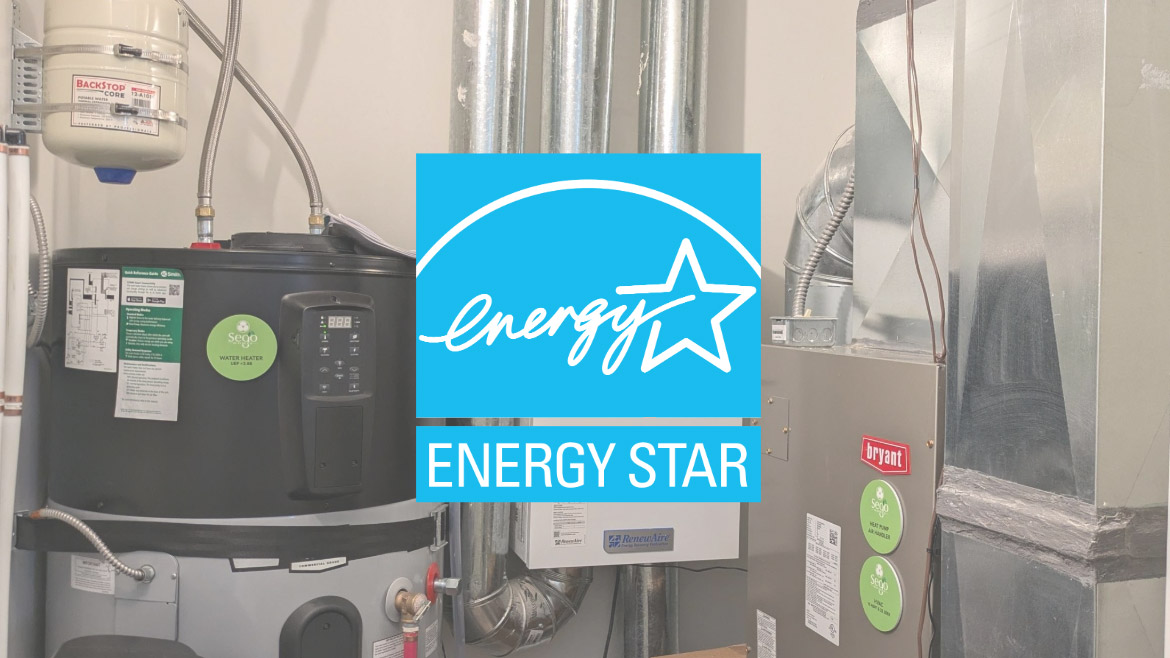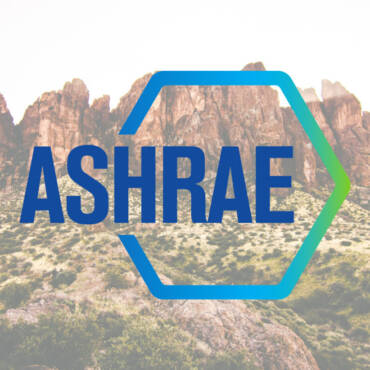For more than 30 years, American consumers looking to buy a high-efficiency a/c, furnace, or washing machine could scan the appliance aisle for the blue-and-white Energy Star sticker and know the product they took home was going to save them money on energy bills.
Soon, that label may be a thing of the past.
“The Energy Star program and all the other climate work, outside of what’s required by statute, is being de-prioritized and eliminated,” Paul Gunning, the director of the EPA Office of Atmospheric Protection, told employees during a meeting May 5, according to The New York Times.
Energy Star is the latest in a line of energy-efficiency and green energy programs targeted by the Trump administration, including postponing future HVAC efficiency standards and freezing funds for the Inflation Reduction Act tax incentive program, which provided rebates for high-efficiency HVAC, among other home efficiency upgrades.
As the Trump administration seeks to shut down the 30-year-old consumer appliance efficiency program, HVAC manufacturers and associations are pushing back. In a joint association letter dated March 20, 2025, 14 industry associations and 19 well-known HVAC manufacturers urged EPA Administrator Lee Zeldin to keep the Energy Star program alive.
The letter calls Energy Star an example of “an effective non-regulatory program and partnership between the government and the private sector.”
“Eliminating it will not serve the American people,” the letter states. “In fact, because the Energy Star brand is highly recognizable to consumers, it is likely that, should the program be eliminated, it will be supplanted by initiatives that drive results counter to the goals of this administration, such as decreased features, functionality, performance, or increased costs.”
The letter was signed by industry organizations that included Air-Conditioning, Heating, & Refrigeration Institute (AHRI); Heating, Air-conditioning, & Refrigeration Distributors International (HARDI); Plumbing-Heating–Cooling Contractors – National Association (PHCC-NC); Home Ventilating Institute; and the U.S. Chamber of Commerce. The HVAC manufacturers were AO Smith, Ariston Group, Bosch, Carrier, Cleaver Brooks, Continental Refrigerator & National Comfort Products, Copeland, Danfoss, ECR International Inc., Empire Comfort Systems, Hoshizaki America, Intellihot, Navien Inc., Nidec Motor Corporation, Noritz America, Trane Technologies, U.S. Boiler Company, WM Technologies, and Zero Zone.
Energy Star is a voluntary, non-regulatory program that began 1992 under President George H.W. Bush. It targets energy efficiency innovation across economic sectors, from labeled consumer products to buildings and manufacturing plants.
A TRUSTED LABEL
Among all the home appliances Energy Star covers, its absence will likely hit HVAC purchasers in the pocketbook the hardest. Heating and cooling is the No. 1 user of energy in the average home, accounting for 40% of household utility bills.
“A fully funded Energy Star program is particularly important for meeting the Trump administration’s goal of reducing Americans’ energy bills,” said Sean Robertson, ACCA vice president of membership, advocacy, and events. “As a cost-effective, flexible, market-driven program, it is a strategic, bipartisan solution to directly lower bills while strengthening U.S. energy independence. In fact, a typical household can save about $450 on energy costs each year by choosing Energy Star products. With energy prices continuing to be a top concern for American families, programs like Energy Star are more critical than ever.”
Energy Star currently has an annual budget of $32 million — representing less than 1% of EPA’s spending — but saves American households more than $40 billion annually on energy bills. For every dollar the federal government spends on the program, consumers save $350, according to EPA.
ACCA has consistently supported programs like Energy Star Verified HVAC Installation (ESVI) and Energy Star Certified Homes (ESCH), which align with the association’s focus on quality installation and real-world system performance.
Eliminating it entirely, Robertson said, would create “a major void in both consumer education and energy policy alignment.”
“Energy Star has made energy efficiency more accessible and understandable to consumers, which is no small achievement,” he said. “While we’ve expressed concerns about Energy Star programs that rely on idealized laboratory conditions and prioritize electrification over affordability, we also recognize Energy Star as a valuable and trusted symbol of efficiency for consumers.
During his first term, President Trump floated the idea of replacing Energy Star with a privatized model, but in the world of HVAC professionals, that idea hasn’t gotten much traction.
“Sunsetting Energy Star could lead to greater customer confusion, reliance on less credible marketing claims, and potentially poorer decision making when it comes to comfort and energy use,” Robertson said. “While others will likely take on the relatively straightforward task of rating equipment, the loss of government resources and credibility for the more challenging task of rating whole-home performance would be sorely missed.”
RIPPLE EFFECT
It’s not just consumers at Home Depot or Lowe’s who will be affected. Robertson said the potential Energy Star shutdown could have “far-reaching consequences” — particularly for utility rebate programs and tax credits that rely on Energy Star ratings to determine eligibility.
“For example, ESCH is the essential qualifier for the 45L tax credit for energy-efficient new homes,” he explained. “Sunsetting Energy Star would also deprive HVAC contractors of a key tool for communicating the benefits of high-efficiency systems, complicating the sales process for small businesses.”
Back in January, President Trump declared in an Executive Order (EO) that the country is in a national energy emergency. Energy Star’s supporters argue that the program should receive federal support, because energy-efficient appliances, by using less power, help reduce strain on the county’s electrical grid.
“Energy efficiency is an essential ingredient for an all-of-the-above energy policy,” Robertson said. “A recent DOE study found that up to 90% of homes have significant installation faults. The National Institute of Standards and Technology (NIST) found that such faults can cost 30-50% of their nominal equipment efficiency. That means installation faults alone could waste about 80 gigawatt hours of electricity, on par with energy sources that our government spends billions to subsidize.”
Programs like Energy Star, he said, should be part of the solution in helping consumers choose quality installation and quality contractors for their homes and businesses.
Beyond the HVAC industry, other sectors in home manufacturing are also voicing their support.
“Energy Star not only saves money — it improves grid stability and resilience by reducing peak energy demand,” stated an April 11 letter signed by more than 1,000 organizations, including home-building manufacturers and trade associations. The letter urged the EPA to maintain strong support for the program through adequate funding and expert staffing. “With grid disruptions on the rise, Energy Star-certified appliances, electronics, homes, buildings, and industrial facilities help ensure that consumers and businesses use energy more efficiently, decreasing strain on the grid and lowering the risk of blackouts. By reducing overall energy demand, Energy Star helps utilities better manage energy supply, lowering costs for all ratepayers while making the energy grid more secure.”
Whether you require installation, repair, or maintenance, our technicians will assist you with top-quality service at any time of the day or night. Take comfort in knowing your indoor air quality is the best it can be with MOE heating & cooling services Ontario's solution for heating, air conditioning, and ventilation that’s cooler than the rest.
Contact us to schedule a visit. Our qualified team of technicians, are always ready to help you and guide you for heating and cooling issues. Weather you want to replace an old furnace or install a brand new air conditioner, we are here to help you. Our main office is at Kitchener but we can service most of Ontario's cities
Source link



